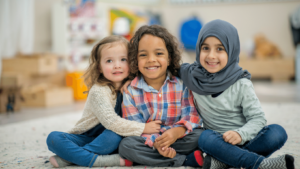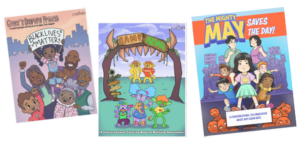Previous slide
Next slide




It’s important that we share what civility is with our kids. As we continue through the month of August, it is celebrated as National Civility Month.
With this we want to share with you how you can teach your kids the importance of what it means to have respect, dignity, and politeness towards others. Like the golden rule, treating others the way we want to be treated, but twisting it to talk through treating others how they would want to be treated as well.
Some might say that having conversations around such topics like civility aren’t easy to have with younger ages. We want to be a resource and guide for you to be able to have a conversation around what it means and how we can teach civility to kids.
According to the Merriam Webster Dictionary civility is defined as being polite or having courtesy.
Civility is about more than just politeness, although politeness is a necessary first step. It is about disagreeing without disrespect, seeking common ground as a starting point for dialogue about differences, listening past one’s preconceptions, and teaching others to do the same.
Some examples of civility include treating others with dignity, courtesy, respect, politeness, and consideration. Speaking in tones of voice that are appropriate for the circumstances. Being respectful of others’ right to express their views, even if you disagree.

Encourage your kids to walk in someone else’s shoes. Give examples to show specific moments and conversations that could be had so that they understand.
Talking through civility with our kids and teaching them the importance of including others and understanding others makes a difference. That kindness can go a long way, but respect for the difference of others makes the world a better place. That when we put the voice of others ahead of our own and respect what someone has to say it makes an impact.
Civility is more than good manners. Civility is respecting and having these conversations with kids sooner than later makes a difference.

P.S. Many of our coloring books place the importance of civility when having conversations around some very important topics. Be sure to check them out here!
Some of our favorites!

Have you joined our email list yet? Subscribe today to never miss another update!

Cures of Colors is a 501(c)(3) nonprofit organization.